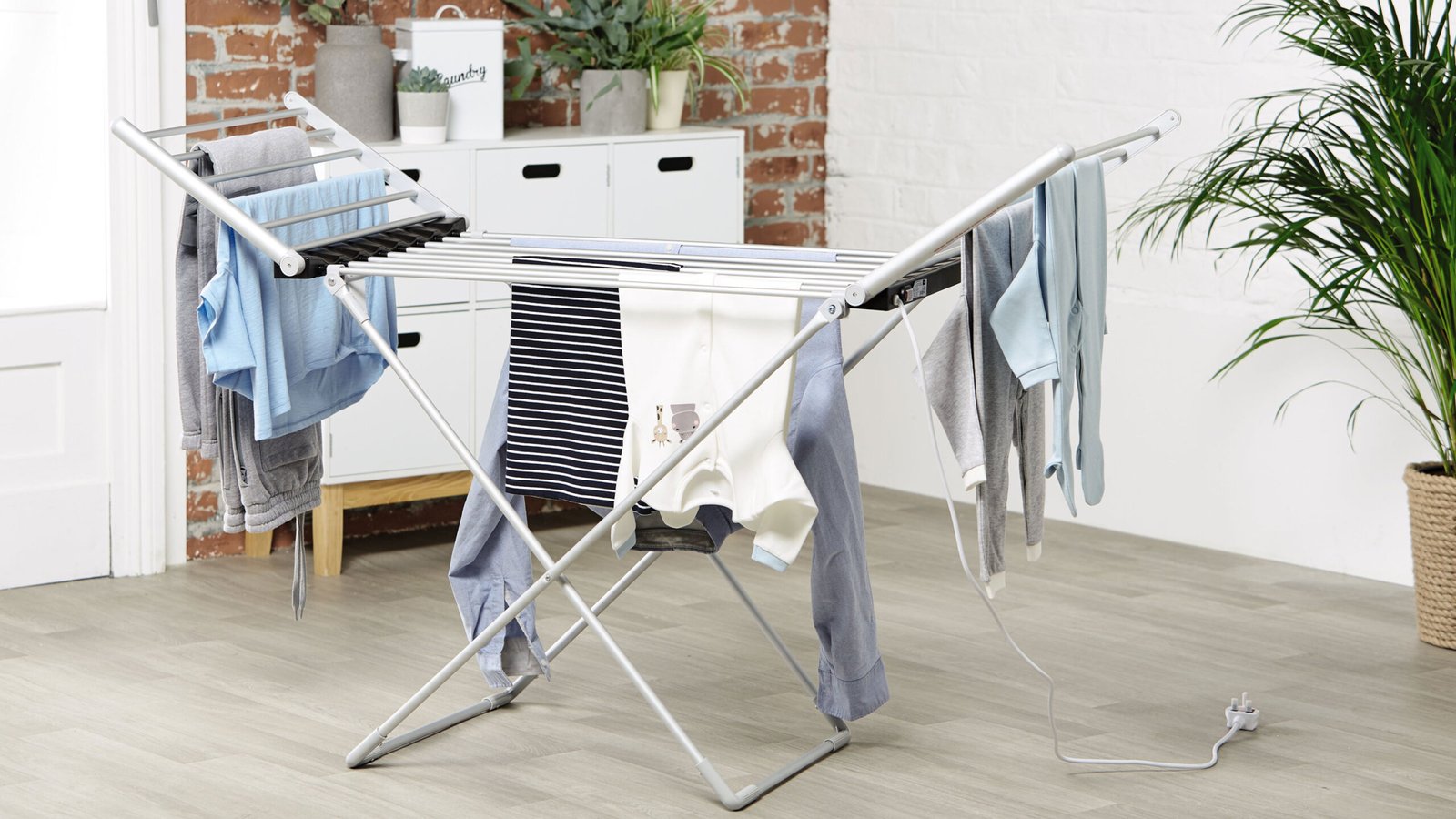When it comes to drying your clothes, the decision often boils down to two popular methods: using a dryer or air drying. Each approach has its pros and cons, and the right choice depends on factors such as fabric type, environmental impact, and convenience. Let’s explore the differences to help you decide which method works best for your clothes and lifestyle.
Pros of Using a Dryer
Dryers offer unparalleled convenience, especially in fast-paced households.
- Time-Saving: Dryers significantly reduce drying time, making them ideal for busy schedules or when you need clothes ready in a hurry.
- Softens Clothes: Many dryers have settings that fluff clothes, leaving them soft and wrinkle-free. This is especially useful for towels and other thick fabrics.
- Reduces Allergens: The heat from dryers can kill dust mites and other allergens, making it a hygienic choice for bedding and clothing.
- Weatherproof Drying: With a dryer, you don’t have to worry about rain, humidity, or cold weather affecting your laundry routine.
However, dryers also come with drawbacks that are worth considering.
Cons of Using a Dryer
- Energy Consumption: Dryers are energy-intensive, contributing to higher utility bills and a larger carbon footprint.
- Wear and Tear: The tumbling action and heat can damage delicate fabrics over time, causing shrinkage or fading.
- Upfront Costs: High-quality dryers can be expensive to purchase and maintain.
Pros of Air Drying
Air drying, a time-tested method, offers benefits that go beyond saving energy.
- Gentle on Fabrics: Without the heat and friction of a dryer, air drying is less likely to cause wear and tear, helping your clothes last longer.
- Eco-Friendly: Air drying doesn’t consume electricity, making it a sustainable option for environmentally conscious households.
- Cost-Effective: It eliminates energy costs, and you don’t need to invest in additional equipment.
- Natural Freshness: Clothes dried in the open air often have a fresh, natural scent, especially when dried outdoors.
While air drying has its advantages, it’s not without challenges.
Cons of Air Drying
- Takes Longer: Air drying can be time-consuming, especially in humid or cold conditions.
- Space-Dependent: You need enough room to hang clothes, whether indoors or outdoors, which can be a challenge in smaller homes or apartments.
- Weather-Dependent: Rain, snow, or high humidity can make air drying impractical, leading to delays.
- Stiff Fabric: Clothes may feel stiff or rough when air-dried, particularly towels and thicker fabrics.
Factors to Consider When Choosing
- Fabric Type: Delicate fabrics like silk and lace are better suited for air drying, while sturdy materials like denim can handle the dryer. Always check the care label on your clothing for specific drying instructions.
- Time Availability: If you’re short on time, a dryer might be the more practical option. For less urgent laundry, air drying allows you to save energy.
- Environmental Impact: If reducing your carbon footprint is a priority, air drying is the greener choice.
- Space and Climate: Consider your living situation and local climate. If you lack outdoor space or live in a region with frequent rain, a dryer might be more practical.
Tips for Best Results
- Dryer: Use the appropriate heat setting for your clothes. For delicates, opt for low heat or a gentle cycle to minimize damage. Clean the lint filter regularly to maintain efficiency.
- Air Drying: Shake out clothes before hanging to reduce wrinkles. Use hangers or drying racks to maximize space, and avoid direct sunlight for dark or vibrant fabrics to prevent fading.
Conclusion
Both dryers and air drying have their strengths and weaknesses. The choice ultimately depends on your priorities, whether it’s saving time, preserving your clothes, or reducing your environmental impact. For many, a combination of both methods—using a dryer for certain items and air drying for others—provides the perfect balance. By understanding the pros and cons of each, you can make an informed decision that works best for you and your wardrobe.


